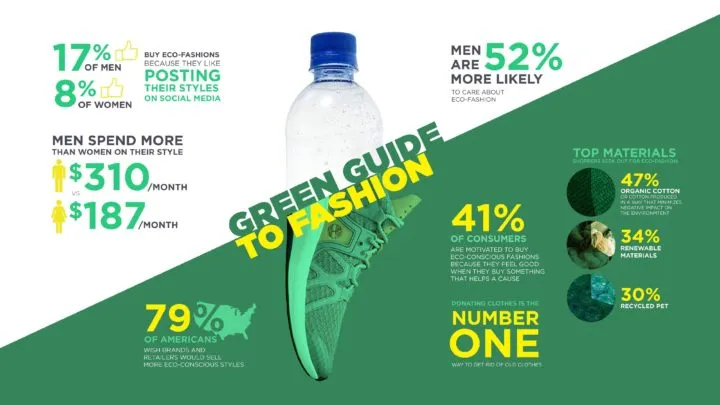
Timberland Wardrobe Values survey uncovers consumer eco-fashion behaviours
Outdoor lifestyle brand Timberland shines a spotlight on what consumers value most when it comes to “going green” with their wardrobe.
They found that while US consumers on average spend roughly US$250 a month on clothes, shoes and accessories, men not only outspend women when it comes to their closet (spending an average of US$310.50 per month on their wardrobe, compared to US$187.20 for women), they are also 52% more likely than women to say they care a lot about eco-conscious fashion.
Timberland surveyed 1,000 men and women in the US to understand the importance of the environmental impact of their style choices. The motivations behind men’s and women’s behaviours varied, but overall two-out-of-three (67%) consumers report they care at least a little about eco-conscious fashion, with more than half (55%) of consumers saying at least some of their current wardrobe is eco-conscious. A few highlights from the 2018 Timberland Wardrobe Values survey include:
A more responsible #OOTD: Two-in-five (41%) consumers say they are motivated to buy eco-conscious fashions because they feel good when they buy something that helps a cause, with another top motivator being knowing the product minimises its negative impact on the environment (36%).
Green “humblebrag”: For men, the motivation to buy eco-conscious fashions seems to be less altruistic and more self-interested. Roughly 30% buy eco-conscious clothes because they want other people to know they care about the environment (28% vs 17% of women). In addition, for 17% of men, wearing eco-conscious fashions brings social cred, as they say they are motivated to buy eco-fashions because they like posting their styles on social media (vs 8% for women).
What’s in your wardrobe?: Despite the differences in their wardrobes, men and women tend to agree on the top materials they seek out when shopping for eco-fashion: organic cotton or cotton produced in a way that minimises impact on the environment (47%); renewable materials (such as, bamboo, hemp, wood pulp) (34%) and recycled PET such as plastic bottles (30%).
Giving new life to old clothing: Donating clothes to charity is the number one way to get rid of clothes, according to 70% of consumers, with 36% giving clothes away to friends or family and 28% choosing to recycle them. But women have the edge on men when it comes to disposing of clothes in an environmentally-responsible way and are 14% more likely than men to donate old clothes (74% vs. 65%), whereas men are 82% more likely than women to throw their old clothes away (31% vs 17%).
Seeing green: Consumers say the top factor preventing them from buying eco-conscious fashions is that they seem more expensive than other products (38%), with not knowing “where to find them” close behind, at 33%. But the interest is clear -- nearly four-in-five (79%) consumers wish brands and retailers would offer more eco-conscious styles.



















 Advertise
Advertise







